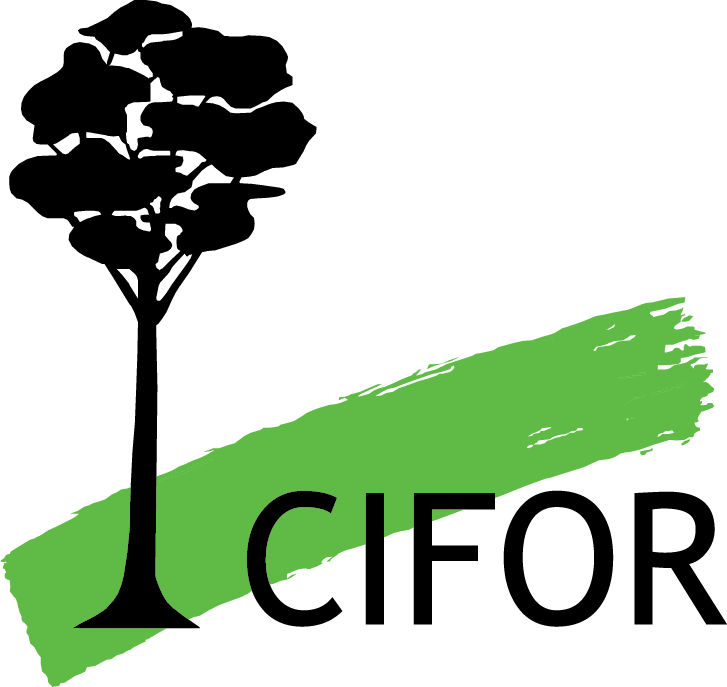Day 1: Tuesday, 19 December
WRI’s new report, Roots of Prosperity: The Economics and Finance of Restoring Land, aims to help governments and other decision-makers to leverage financial resources and develop effective policy to scale up forest and landscape restoration. The report draws on research and case studies from around the world, revealing that restoring degraded land has the potential to deliver up to thirty times the initial investment in benefits. It discusses the seven barriers to finance for restoration and outlines policies and financial mechanisms that will unlock capital.
Press release
The International Union for Conservation of Nature (IUCN) will release the Barometer Spotlight Report 2017, a new report tracking progress on an ambitious global effort to bring 150 million hectares of degraded and deforested land into restoration by 2020 and 350 million hectares by 2030. The report provides a snapshot of progress on the Bonn Challenge, with an emphasis on efforts underway in Brazil, El Salvador, Mexico, Rwanda and the United States.
Launch of the IUCN Bonn Challenge Barometer of Progress Spotlight Report 2017
Launch of the IUCN Bonn Challenge Barometer of Progress Spotlight Report 2017 – Run of Show
Presentations (PDFs):Radhika Dave,Felix Rurangwa,Leslie Weldon,















